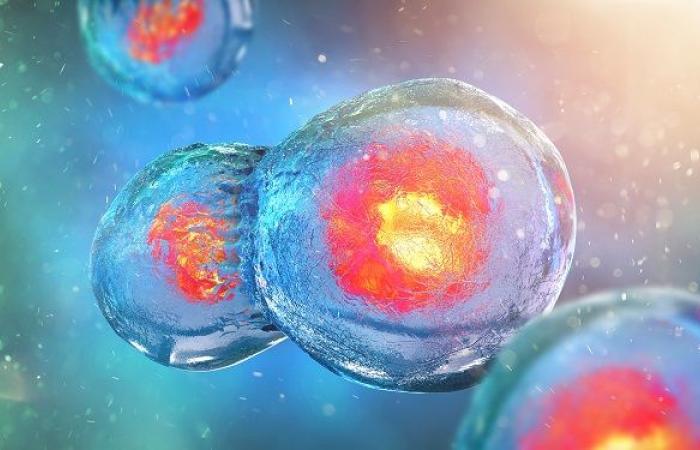Our bodies shed 60 billion cells every day through a natural process of cell elimination and renewal called apoptosis. These cells – mainly blood and intestinal cells – are all replaced by new ones, but the way our body gets rid of senescent cells and cellular waste could also be exploited to get rid of cancer cells.
Exploit this natural process of cell death, apoptosisto deceive cancer cells and encourage them to self-destruct, now appears possible with this new molecular technique: by artificially bringing together 2 proteins in such a way that the new compound formed activates a set of cell death genes, ultimately pushing tumor cells to turn against themselves.
Lead author Dr. Gerald Crabtree, a professor of developmental biology, conceived the strategy while on a walk in the forests of Kings Mountain, west of Palo Alto, California, where he was thinking about the milestones of biology. One of these steps was the discovery, in the 1970s, of the process of apoptosis by which cells trigger their own death for the greater good of the body.
Apoptosis is essential for many biological processes,
in particular for the proper development of all organs and the fine tuning of our immune system. This system retains cells that recognize pathogens but kills those that recognize themselves, thereby preventing autoimmune diseases.
The researcher had the idea of exploiting this natural process against cancer: “to fight cancer, we are looking for the same type of mechanism to eliminate toxic cells
without harming any other cell that is not the target of the destruction mechanism.”
We know that the main side effects of treatments such as chemotherapy and radiotherapy are linked to the large number of healthy cells killed, in addition to cancer cells. The objective is therefore to exploit the natural and highly specific self-destruction capacities of cells.
The study allowed the development of a molecule, a sort of molecular glue that binds together 2 proteins that would normally have nothing to do with each other. One of these molecules is the BCL6 protein, which when mutated is responsible for the development of diffuse large B-cell lymphoma. In lymphoma, the oncogenic protein BCL6 is found on the DNA near the Genes that promote apoptosis and keep them turned off, allowing cancer cells to multiply and spread.
Here, scientists attach the oncogenic protein BCL6 to a protein known as CDK9, which acts as an enzyme that inhibits the action of oncogenic BCL6, instead catalyzing the activation of genes, in this case, activating the set of apoptosis genes- that BCL6 normally keeps turned off.
This junction of the two proteins sends a signal to destroy the cancer: by gluing the 2 proteins, “this disables something that is normally enabled”,
“the scenario is reversed”, apoptosis is restarted.
“Ever since oncogenes were discovered, scientists have been trying to turn them off in cancer. Instead, we hijack them to activate the apoptosis signal specifically for cancer cells.”
- A first proof of concept in vitro is provided by the team, which tests this collage on diffuse large B-cell lymphoma cell lines and indeed notes a powerful and targeted elimination of cancer cells;
- the molecule tested in vivo on healthy mice also does not induce any obvious toxic side effects;
- finally, in vivo tests on mouse models of lymphoma are currently underway.
How does it work? BCL6 normally acts on 13 different genes promoting apoptosis. By blocking the opposite effect of the mutated protein, this restarts the destructive action of the group of genes against the tumor cells, without risking the appearance of resistance to the treatment.
The team plans to develop similar molecules that target other carcinogenic proteins, notably the Ras oncogene, which causes several other types of cancer.
Health






